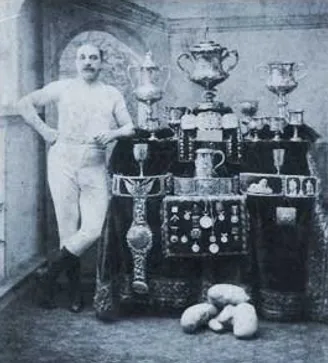- Granny Bonnet

There is something very empowering about taking responsibility for oneself in this age of reliance on world-wide connection where advice and influence on every subject threatens to smother us. It's easy to doubt our own wisdom and to turn instead to others. Think 'diets' and how many people slavishly follow the next dieting trend, buying into the idea that, for example, a shake can work magic when really the sensible thing to do is eat the right food in the first place and perhaps in smaller quantities.
Remember that many health, diet, or fashion gurus have a vested interest in getting us to follow them, so their recommendations are often not without bias. I know I'm cynical but at my advanced age I try to give myself some credence while at the same time being open to new research aimed at health and wellbeing.
Making an effort to look presentable is one of my daily 'disciplines', (writing a diary is another). Both mean being realistic, accepting who I am and working with what I've got, using largely inexpensive tools.
I always err on the side of natural in all things and for appearance would not dream of undergoing cosmetic surgery - in my book that's cheating! No doubt there are many success stories created with a restrained hand but trout lips over unnaturally white teeth, taut skin and immoveable foreheads do look rather silly don't they? To me there is something rather sad about glamorous, silicone-boobed middle-aged ladies with hair cascading down to their bottoms...
My beauty routine is such that it takes only minutes. With normal skin type and no layers of make-up to worry about, a warm wash and night cream is my end-of-day routine while cold water alone is the perfect morning cleanser and astringent. I always moisturise then apply a little eye make-up. Years of disappearing lipstick drove me to try lip-paint which is pretty successful and manages to stay put most of the day.
My baby-fine hair does not respond to special hair-dressing skills so I keep it shoulder-length for flexibility. That means I can pull it into a tail or a more elegant chignon. I club-cut it myself using my dressmaking scissors and a hand-mirror and watch with interest as grey begins to mingle with blonde.
I like to keep abreast of fashion trends but on the whole prefer classic myself as I'm petite, parsimonious and picky! Best to steer away from street fashion too. At the risk of offending many, the sight of fleshy knees and thighs poking through ripped jeans is one to be avoided at all costs...
Taking responsibility for myself also means trying to stave off future health problems with a routine of daily exercise of one kind or another. By using it, I am not losing it. (By it I mean vitality, mobility and flexibility).
Not a dining-out 'foodie', I much prefer home-made dishes in the smaller quantities my stomach can comfortably handle and while I love the odd glass of wine as a treat, am unlikely to fall into the habit of regular, excessive consumption so common among middle-aged ladies nowadays!
I don't mean to sound holier-than-thou or patronising, and as a matter-of-fact, often think my brief routines are a form of laziness that gives me more time for other interests! I just want to share the message that often the richness in life lies in simpler things freely available within our own grasp.





















